Top Image: Captain Weiss and a chaplain overlook the city of Florence, Italy, the Florence Cathedral or Basilica di Santa Maria del Fiore and the Palazzo Vecchio. Florence, Italy. 1944-45. Gift in Memory of Dr. Thomas Edward Weiss, The National WWII Museum, 2010.352.091.
The artistic treasures of the Tuscan city of Florence were a prize to be won by Adolf Hitler, who long admired the city’s cultural splendor. Hitler visited Florence in May 1938, accompanied by Benito Mussolini and flanked by Italian and German foreign ministers. The group toured the famed Uffizi Gallery where Hitler marveled at the impressive collection of Renaissance paintings and invaluable sculptures and statues of the Medici Family.
The works from this gallery and other notable palaces and collections around Florence became targets for Nazi looting, eyed as essential pieces for Hitler’s proposed Führermuseum in Linz, Austria. As Monuments, Fine Arts, and Archives (MFAA) officer assigned to Italy, Frederick Hartt remarked, “Without any doubt and beyond all comparison, the works of art stolen from Italy represented the most important cultural treasure from the point of view of quality taken by the Germans from any occupied country, or for that matter, from all the other occupied countries together.”
Monuments, Fine Arts, and Archives Officer Frederick Hartt. Hartt was assigned to Italy and responsible for the safeguard and recovery of historically significant structures and artwork. The National WWII Museum, The Monuments Men Foundation Collection.
The looting of much of the artwork and collections in Europe during the war was a confused and involved affair. Collections were hidden, discovered by the Germans, sorted, split apart, and constantly on the move, leaving a complicated puzzle for MFAA officers, aka the Monuments Men, to piece back together. At the start of the war, the Italian Ministry of Education instructed the head curators of museums and galleries to safeguard all collections. Much of the movable Florentine treasures were taken to safety and stored in various sites around the Tuscan countryside. Immovable works, like Michelangelo’s statue of David at the Galleria dell’Accademia, were cocooned in brick to protect from air raids. As the fighting intensified up the Italian peninsula, artistic treasures from Florence moved to 23 different sites over the Tuscan region.
Once Florence was declared an open city by Field Marshal Kesselring in 1944, citizens pleaded for their artistic treasures to be transported back to ensure their safety. This task was almost impossible: vehicles were in short supply and routes back to the city were destroyed from aerial bombing and shelling. The record became muddled and unclear as to where each piece was stored and its condition. The Wehrmacht came upon some of these villas and castles which served as art repositories and hastily looted what they could, scattering these priceless pieces throughout central and northern Italy as they made their way to the Austrian border.
The historic and beloved bridges across the Arno River in Florence were destroyed to stall Allied advance. This included Michelangelo’s Ponte Santa Trinita. The only bridge to remain standing was the Ponte Vecchio (background).The National WWII Museum, Gift of Ms. Dorothy Poitevent, 2007.243.161.
The MFAA officers on the ground were completely unaware where the Nazis hid the city’s masterpieces. Once officers took the arduous journeys to the original hiding spots, they discovered ransacked rooms, empty frames, and incomplete collections. Florentine pieces looted by the Germans were mostly consolidated into two main storehouses in the region of Alto Adige on the border with Austria: Campo Tures and San Leonardo.
Certain collections also stalled in Bolzano because of rampant fuel shortages and the constant threat of aerial bombing. The collections at Campo Tures and San Leonardo were waiting to be transported to Altaussee, the Austrian salt mine which became the main storage facility for the Führermuseum. Over 6,000 works were already stashed at Altaussee, including masterworks from Vermeer, Rembrandt, Manet, Dürer, Michelangelo, among many others, along with the prized Neapolitan collections.
The German military in Italy surrendered to the Allies on May 2, 1945 and the Fifth Army became the primary group responsible for restoring art to Florence. This began the uncovering of the massive body of work in Campo Tures, San Leonardo, and Bolzano. As MFAA officer Hartt arrived in San Leonardo, he documented the condition and treatment of these priceless artworks, “So narrow were the jail cells that in many cases it was almost impossible to move the pictures as to obtain a view of each. They had been moved, unpacked, without any kind of protection to save blankets and straw.” These storehouses contained the works of Italian masters such as Caravaggio, Botticelli, Michelangelo, Raphael, and Donatello. Considering the overall negligence, a large portion of pieces escaped mostly unscathed.
US Fifth Army trucks with part of the billion dollars worth of art treasures stolen by the Germans arrive at the Plaza Signoria, Florence. Trumpeters garbed in medieval costume stand before the reviewing stand to welcome the return of the priceless paintings which had been hidden by the Germans on the upper Adige River near Bolzano. The paintings were presented to the Mayor of Florence by Brigadier General Edgar Erskine Hume, Senior Civil Affairs Officer of the Fifth Army. The National WWII Museum, Gift of Dylan Utley, 2012.019.139.
After extensive documentation at all three sites, the majority of the Florentine public collections were ready to be returned to the city by late July 1945. On July 20, a train consisting of 13 freight cars took the first shipment back to the city. The next day, the train reached the Campo di Marti station and the Fifth Army loaded a portion of the artwork onto trucks and ceremonially convoyed it to the heart of Florence. These trucks were adorned with Italian and American flags with banners exclaiming, “The Florentine treasures, stolen by the Germans, are returned by the Americans.”
As the motorcade drove through the streets, crowds gathered with excitement. Hartt described the joyous occasion, “The populace burst into a demonstration the like of which for sincerity and spontaneity I have seldom witnessed. The people crowded around him [General Hume], embracing him, weeping with joy, striving to touch his uniform.” After a long and complicated journey from the Italian countryside to the Austrian border, from museums, castles, and jails, these precious collections finally returned home.
Despite the exuberant reception to the return of these Italian masterworks, this particular story of restitution was not always the norm at the war’s end. It took months or years for many artworks to be repatriated to their rightful country, whether it be to museums or still-living private collectors. Thousands of artifacts were never claimed, many pieces could not be traced back to their original owners.
Jewish art patrons and other collectors perished in the Holocaust, and the task of locating rightful heirs became and remains a complicated challenge. Today, museums across the world trace the history of ownership of objects they are interested in accessioning or are already in their collection to determine provenance related to Nazi-era looting. Currently, there are nearly 30,000 objects in US museum collections registered in the Nazi-Era provenance internet portal to help people seeking restitution of lost family collections.
Chrissy Gregg
Cite this article:
MLA Citation:
APA Citation:
Chicago Style Citation:
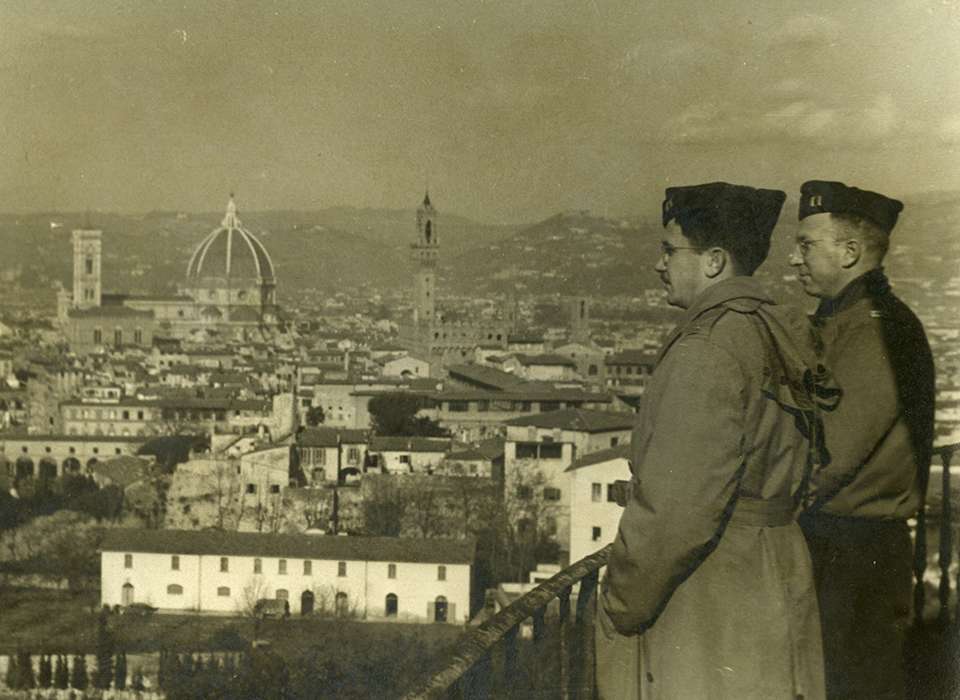
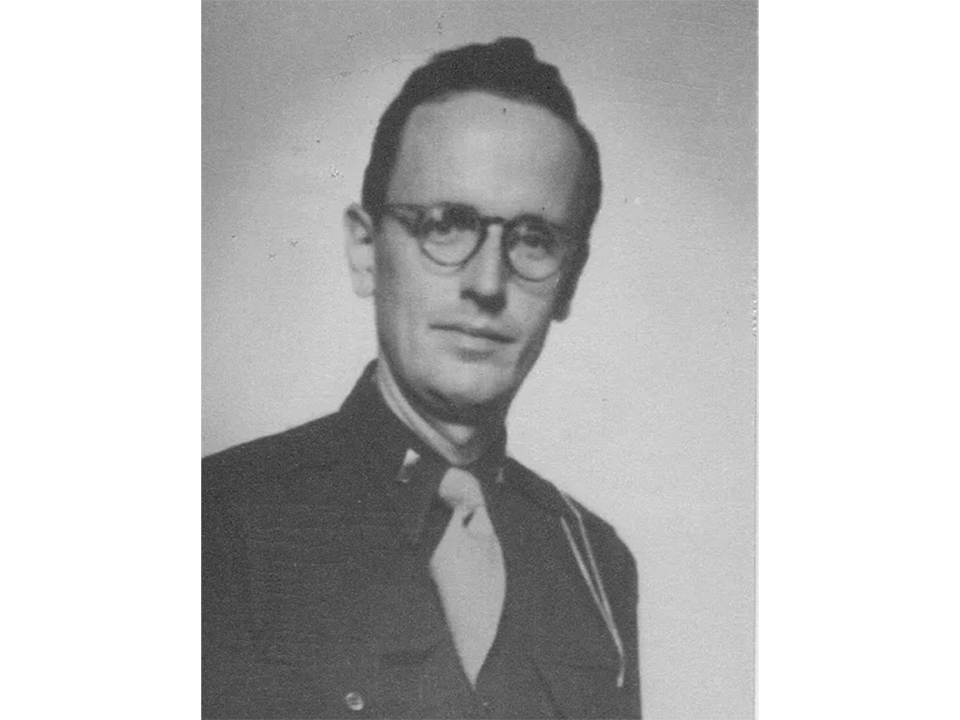
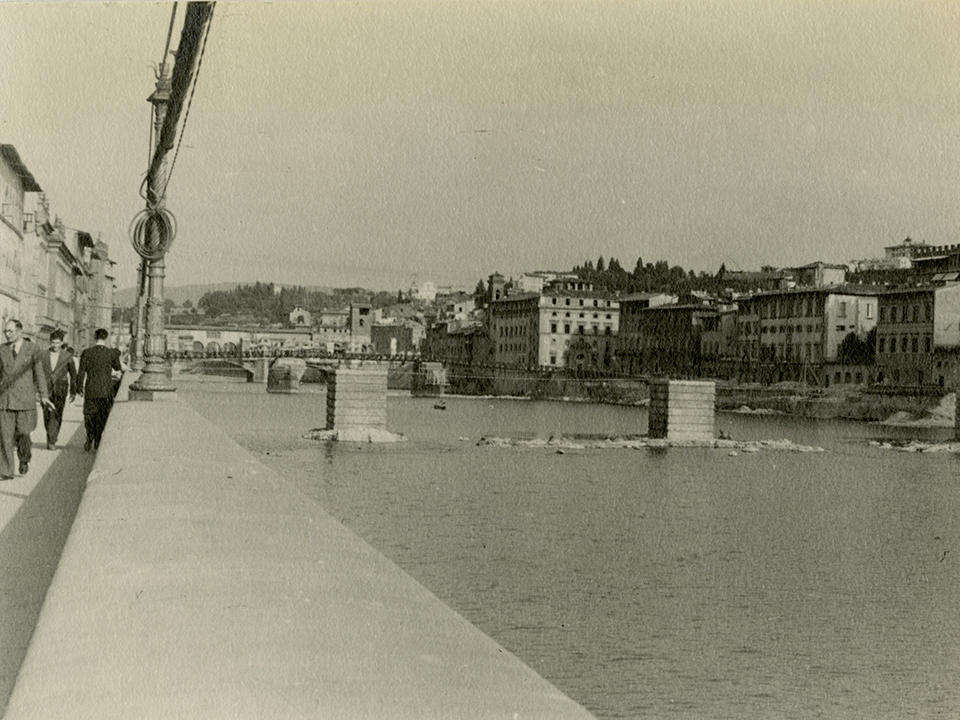
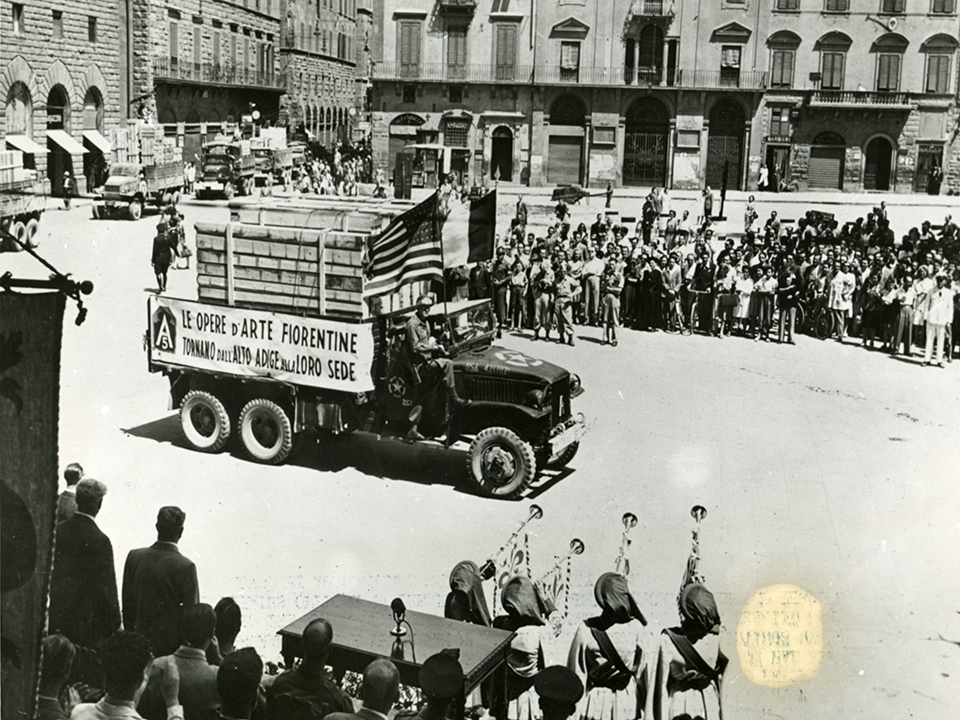
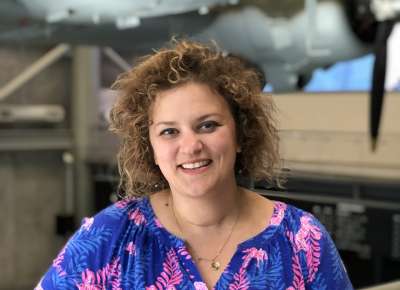
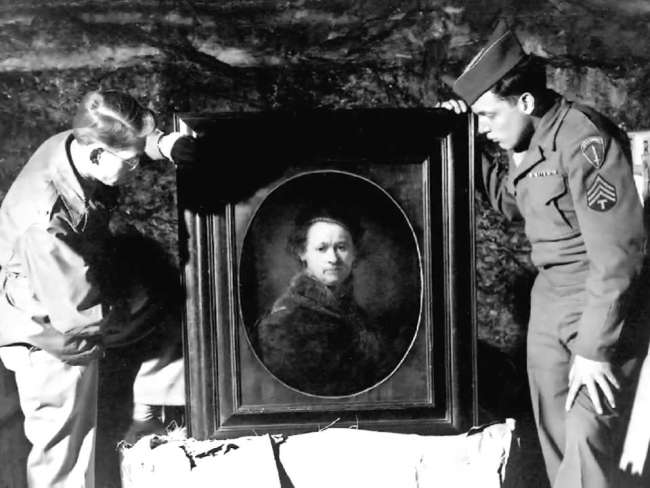
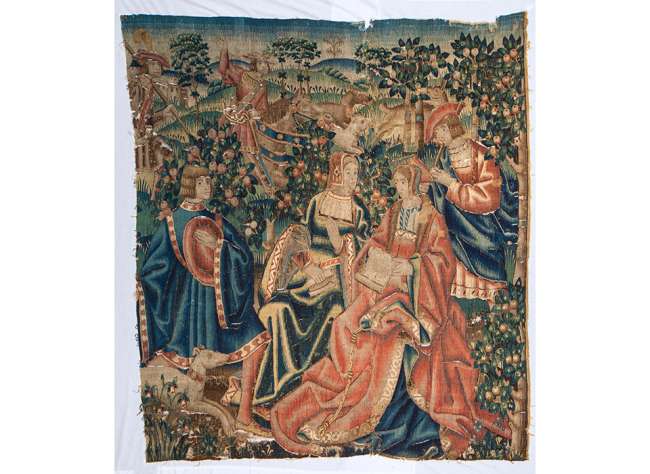
![Max Fuchs, New York City cantor, sings as Rabbi Sydney [sic] Lefkowitz, Richmond, VA, conducts the first Jewish services from Germany.](/sites/default/files/styles/max_650x650/public/2025-10/image1.jpg)






